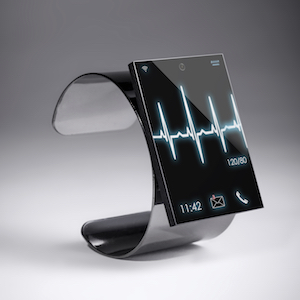5G & Future Business Use Cases
By: Sam Barker

Juniper Research anticipates that the first commercial network launches will occur in 2019; the first networks to provide 5G services will be located in the Far East and China and North America. Meanwhile, network operators in Europe have mostly adopted a ‘wait-and-see’ approach, closely following the progress of operators in these two regions.
Over the past two years, operators and network vendors have been actively trialing their 5G solutions, including antennae, core networks and beamforming. Since 3GPP standards have been finalized for 5G NRs (New Radios), many of these trials have focused on interoperability between devices and 5G networks. As a result, leading operators are now aiming for a 2019 launch date. Indeed, many operators have begun rolling out antennae and backhaul infrastructure to provide a 5G service. Initial 5G coverage will be in urban areas.
About Radisys
Radisys, a global leader in open telecom solutions, enables service providers to drive disruption with new open architecture business models. Radisys’ innovative disaggregated and virtualized enabling technology solutions leverage open reference architectures and standards, combined with open software and hardware to power business transformation for the telecom industry, while its world-class services organization delivers systems integration expertise necessary to solve communications and content providers’ complex deployment challenges. For more information, visit www.Radisys.com. Keep up to date with Radisys: Follow us on Twitter
The 5G Standard – Key Requisites
To fully support these new types of devices and services, 5G needs to have some revolutionary innovations along with evolutionary improvements to existing technologies.

Table 1: Initial 5G Requisites & Anticipated Network Conditions
Source: Juniper Research
(Click to Enlarge)




















